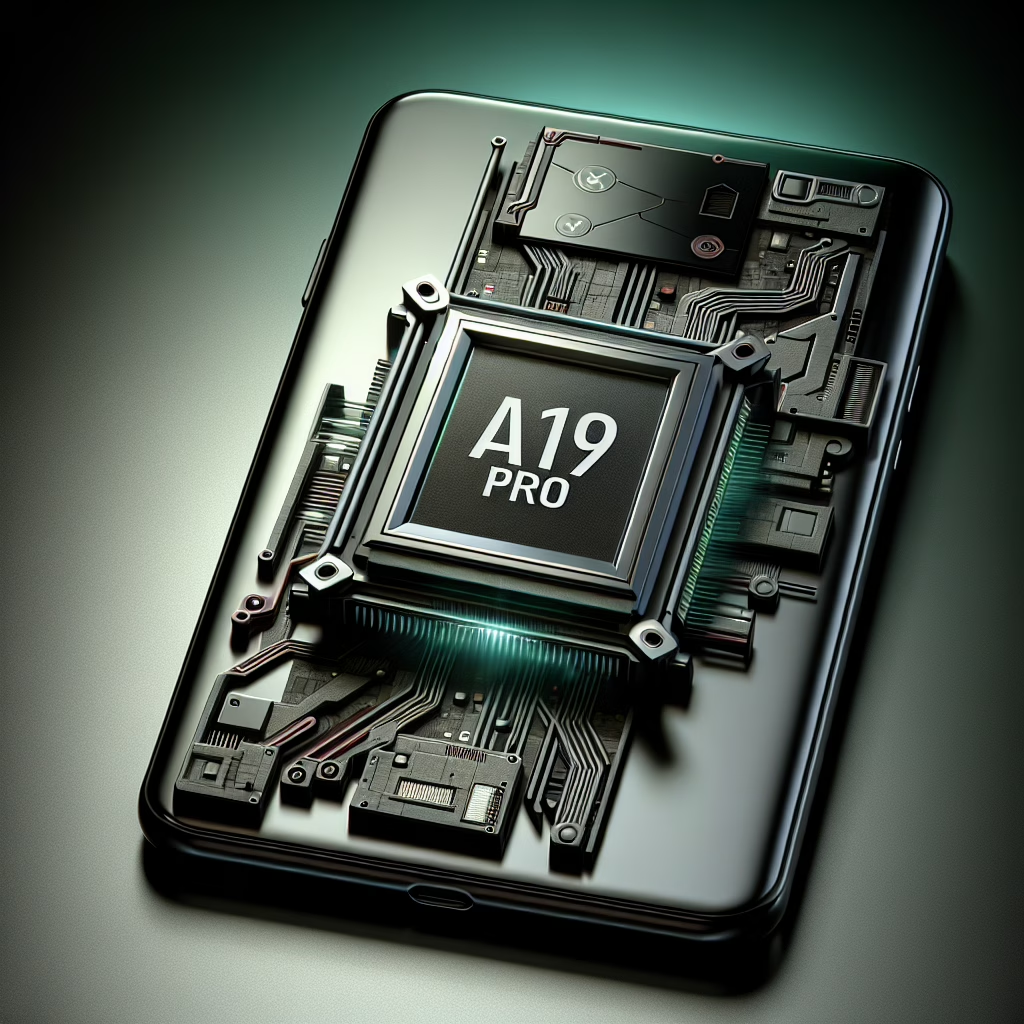The tech world is buzzing with excitement as the latest rumors about the iPhone 17 surface, particularly focusing on its shiny new A19 Pro chip and those mysteriously reduced GPU cores. Yes, folks, it seems like Apple is once again on a quest to redefine what we know about smartphones. Who knew that less could be more?
A Sneak Peek into the A19 Pro Chip
The A19 Pro chip promises to be the heart of the iPhone 17, and let’s just say, it sounds like a superhero in disguise. With enhanced performance capabilities and energy efficiency that would make your eco-friendly friends proud, this chip is ready to power through your daily tasks while keeping battery life in check. It’s like having a personal assistant that doesn’t need coffee breaks!
Rumors suggest that the chip will not only be faster but also smarter. Imagine your phone anticipating your needs! If you’re always running late, perhaps it’ll start suggesting quicker routes without you even asking. That’s right—this chip could make your iPhone not just smart, but downright psychic.
Reduced GPU Cores: A Bold Move?
Now onto the juicy part: the reduced GPU cores. Yes, you heard it right! Apple is taking a bold step by cutting down on the number of GPU cores in the iPhone 17. Some might raise an eyebrow or two at this decision, thinking it’s akin to removing the wheels from a car for better fuel efficiency. However, before you grab your pitchforks, let’s consider what this could mean.
By reducing GPU cores, Apple aims to optimize performance in a way that prioritizes efficiency over sheer power. It’s almost like they’re saying, “Why use ten horses when one can pull the cart just as well?” While gamers might initially frown at this news, keep in mind that optimization often leads to smoother gameplay experiences. After all, it’s not about how many cores you have; it’s about how well they work together!
The Performance Paradox
With fewer GPU cores, one might wonder if gaming and graphic-intensive applications will suffer. The answer? Not necessarily! This is where Apple’s engineering magic comes into play. They’ve been known to work wonders with software optimization. With their powerful Metal graphics framework and improved neural engine capabilities integrated within the A19 Pro chip, users may find themselves enjoying top-notch performance without needing a dozen GPU cores.
In fact, this move could signify a shift in how we approach mobile gaming and graphics processing. Imagine being able to run demanding apps smoothly while still having battery life left for those long Netflix binges. Talk about multitasking!
What This Means for Users
The combination of the A19 Pro chip and fewer GPU cores could lead to an even more seamless user experience with the iPhone 17. Quick app launches? Check! Enhanced photo processing? You bet! And let’s not forget smoother video playback that won’t have you tossing your phone across the room in frustration.
- Faster app launching speeds
- Enhanced photographic capabilities
- Smoother video playback
Moreover, this design choice reflects Apple’s commitment to sustainability—fewer components can mean less environmental impact. So next time you’re using your iPhone for everything from video calls to doodling masterpieces in Notes, remember: you’re also being eco-friendly!
A Future of Innovation
As we look ahead to the release of the iPhone 17 later this year, anticipation builds not just for its specs but for what these changes represent in terms of innovation. The A19 Pro chip alongside reduced GPU cores hints at Apple’s willingness to think outside the box—or maybe even inside a smaller box (because who doesn’t love compact design?).
The future is bright for iPhone enthusiasts! With each new iteration of their devices, Apple continues pushing boundaries while making technology more accessible and efficient than ever.
So whether you’re an avid gamer or someone who uses their phone primarily for scrolling through social media (no judgment here), it looks like the iPhone 17 will cater to everyone’s needs while maintaining that sleek Apple aesthetic we all know and love.
If you’re as excited as I am about these innovations or have some thoughts on how fewer GPU cores will impact performance, feel free to share your insights below!
Thanks to MacRumors for providing valuable insights into these upcoming features!

